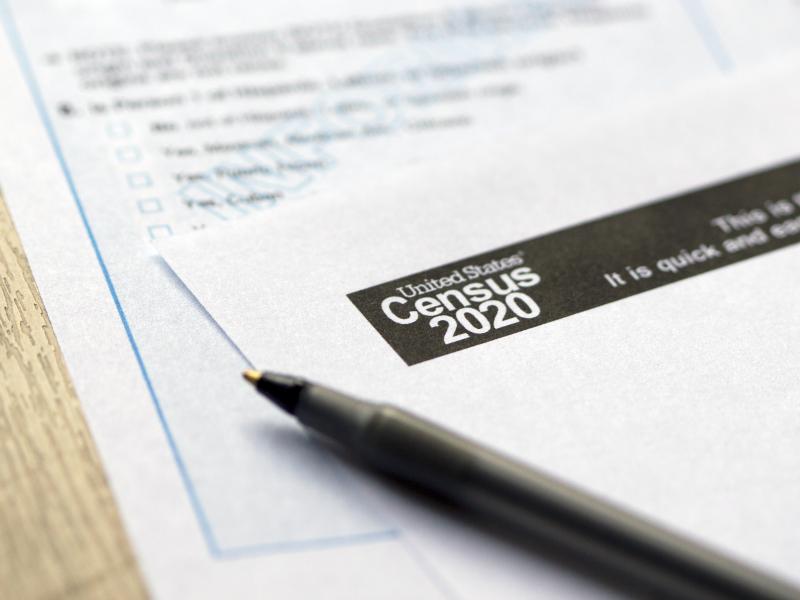
As the arrival of Census data kicks off the 2022 redistricting process, the early conventional wisdom is that Republicans are the clear favorites to win back House control next November. After all, Democrats currently hold a razor-thin 220-212 majority, the president's party has lost an average of 26 seats in midterms since World War II, and the GOP holds more sway over redistricting than Democrats.
However, it's far too early to pronounce Democrats' majority dead. Just as pollsters' and pundits' expectations that Republicans would lose House seats in 2020 thanks to Donald Trump's sagging numbers were upended by voters (Republicans wound up gaining 12 seats), there are plenty of ways in which the next fourteen months could defy past patterns or produce another surprising outcome.
One thing both parties agree on is that redistricting will narrow the battlefield of competitive races, as partisans seek to shore up their own vulnerable districts and pack the other party's voters into hyper-safe seats. Considering Republicans only need a five-seat gain to win control, that places a very high premium on each party finding

Subscribe Today
Our subscribers have first access to individual race pages for each House, Senate and Governors race, which will include race ratings (each race is rated on a seven-point scale) and a narrative analysis pertaining to that race.